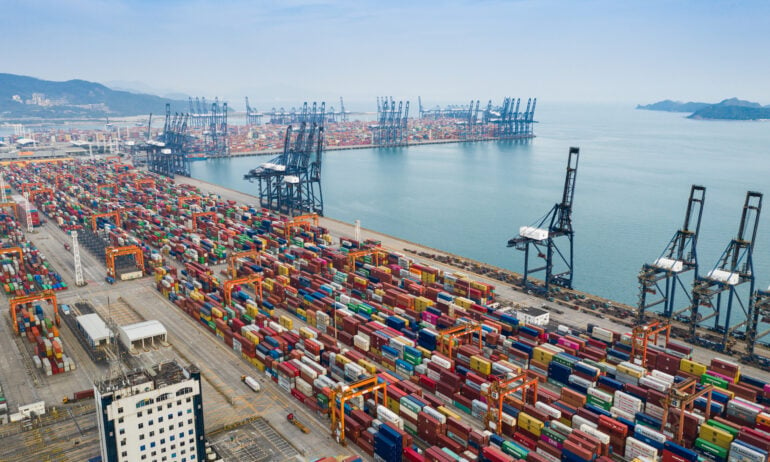What Effects Will Trump's Tariffs Have on Small Enterprises?

Latest Tariff Developments: A Fresh Outlook
On Monday, February 3, Canadian Prime Minister Justin Trudeau announced a significant diplomatic shift. President Trump has decided to place a temporary halt on the newly introduced tariffs on Canadian goods for a period of at least 30 days, following Trudeau's pledge for more robust border patrol initiatives. This diplomatic maneuver mirrors another pause, as Trump also postponed a 25% tariff on Mexican imports for the same duration after Mexican President Claudia Sheinbaum committed to deploying 10,000 soldiers along the Mexico-U.S. border.
The Tariff Landscape
The Trump administration has ushered in tariffs that include a hefty 25% on imports from Canada and Mexico, as well as a 10% tax on goods arriving from China. These tariffs are mainly borne by American companies that import the impacted products, creating a ripple effect that could hit the very heart of small businesses, potentially forcing them to shoulder higher costs on their imports.
The Ripple Effect on Small Businesses
As the dust settles from Trump’s executive orders signed on February 1, bringing these tariffs into effect on February 4, economists are wary. Many suspect that these measures could lead to price hikes expanding beyond specific sectors, impacting the financial health of small enterprises across the board. The essence of tariffs is straightforward: they are essentially taxes levied on foreign goods as they enter the U.S., consequently pushing domestic companies to raise prices in an effort to offset the increased costs.
Understanding the Consequences
During Trump’s first term, the administration engaged in multiple rounds of tariffs affecting various industries, from steel and aluminum to washing machines and solar panels. While President Biden maintained many of these tariffs, economists warn that the newly introduced, larger tariffs could bear broader consequences than their predecessors.
Implications for Small Businesses
Small-business owners should brace themselves for rising import costs that may strain cash flow and squeeze profit margins. If raising prices becomes necessary to maintain viability, there’s a risk that loyal customers could turn to larger competitors offering more attractive price points. Furthermore, tariffs could disrupt the global supply chain, complicating access to essential goods and risking customer satisfaction and trust.
A Chain Reaction of Retaliation
Tariffs often spark retaliation; when the U.S. imposes them, countries like Canada and Mexico may hit back with their own taxes on American exports. In response to the latest tariffs, Canada has already introduced a 25% counter tariff on U.S. goods, with Mexico likely to follow suit. Such actions could create a daunting environment for U.S. suppliers and consumers alike, discouraging engagement with American firms.
Strategies for Mitigating Impact
In light of these potential disruptions, small businesses can adopt several strategies to cushion the blow:
Engage with Your Customers: If price hikes become unavoidable, maintain transparency with customers about the reasons behind the changes. Highlight the distinct qualities and benefits of your products to justify the increases and express gratitude for their continued loyalty.
Rethink Your Supply Chain: Explore alternative suppliers that are not impacted by tariffs, or seek local vendors. If modifying your supply chain isn’t feasible, consider renegotiating contracts or prices with your existing suppliers to mitigate costs.
Enhance Operational Efficiency: Perform a thorough review of your operations to identify areas ripe for improvement. Streamlining processes and cutting overhead costs can alleviate the burden of rising prices on your offerings.
Consult Professionals: Financial experts and accountants can craft tailored strategies to navigate the potential ramifications of tariffs. Additionally, supports from organizations such as SCORE or local Small Business Development Centers can provide invaluable insights and guidance.
Explore Credit Options: A business line of credit can act as a safety net, offering accessible funds to bridge cash flow disruptions caused by tariffs. With recent interest rate reductions by the Federal Reserve, this option could prove more favorable than ever.






